The Malta International Arts Festival kicks off this weekend with Exile Voices: a powerful exhibition of photos taken by refugee children and humanitarian photojournalists.
There is a small, round blue mirror with little sparkles all around it. The type my young daughter would love to play with. It’s lying in the dirt on the ground. In its reflection not some little princess themed bedroom, but rows upon rows of tents, a refugee camp home to numerous souls all waiting in limbo for another life, hoping for a better future.
It’s a powerful image, beautiful in its stark contrasts, rendered all the more poignant when you learn that the photograph was taken by an 11-year-old child. His name is Zerav Razoul, he is Syrian and this is his perspective of home, a refugee camp in Iraqi Kurdistan. One in every four of the world’s refugees is from Syria, and over half of the world’s refugees are children.
Zerav is a student of National Geographic photojournalist Reza Deghati, and the picture is part of an exhibition entitled Exile Voices that will officially open the Malta International Arts Festival on 29th June at the Grandmasters Palace in Valletta. Funded by the Arts Festival itself, this is one of the events which festival artistic director Michelle Castelletti is most proud of.
A philanthropist, idealist, humanist and renowned photojournalist, most notably for National Geographic, Reza has spent the past 35 years training youths and women in conflict-ridden societies in the “language of images” through his association, Reza Visual Academy. The images produced by these “camp reporters” are being exhibited for the first time in Malta, alongside work by Reza as well as two Maltese photojournalists Darrin Zammit Lupi and Charles Mifsud, who have both worked extensively in documenting the plight of refugees.
The exhibition is a timely one. The topic of irregular immigration remains a hotly debated argument and the Mediterranean sea continues to witness far too many tragedies as desperate people take desperate measures in the hope of a better life.
Darrin, a Reuters contract photojournalist, has been at the frontline of the story for several years, having reported on rescue missions by search and rescue NGOs such as Migrant Offshore Aid Station (MOAS). He is all too aware of how provocative these images can be to an ill-informed public. But he stresses that photographing refugees at their most vulnerable moments requires a degree of sensitivity.
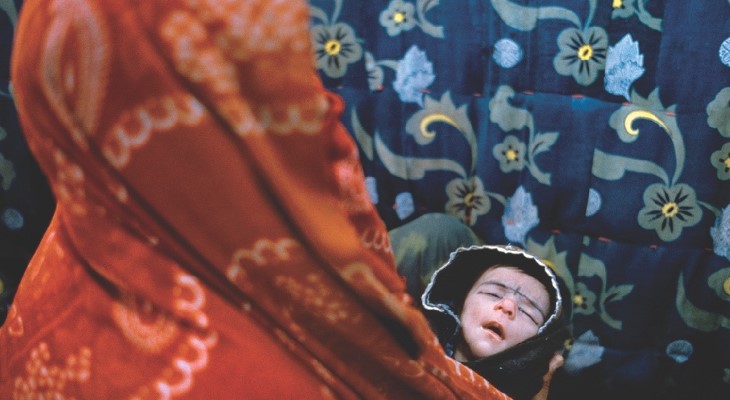
Reza Deghati
“I have photographed raw horrors. I have seen a lot I wish I could un-see,” says Darrin. “But through it all, I try to maintain the dignity of the person and an element of positivity.” This positive element is present throughout the images on display. Charles Mifsud, who is also a poet, has worked extensively with the Coptic Eritrean community in Malta and he shares the joy of working with them through his uplifting images.
The photos taken by Reza’s students offer a rare glimpse inside the refugee camps from the refugees’ own perspective. “This is an incredible viewpoint. These are not images of outsiders looking in, but insiders inviting us in to see their point of view. These pictures are telling their stories and they are very powerful. If you're not affected by that then you are heartless,” says Darrin.
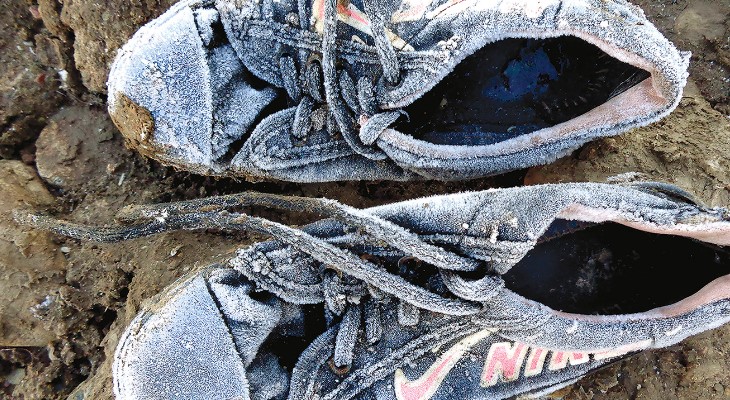
Maya Rostam, 11 years old, Reza Visual Academy
Strong words for strong images, but Darrin has been on the receiving end of enough public feedback over his refugee photographs to know how provocative these images can be.
“The latest incidents have brought back the issue of migration in the Mediterranean to the fore. There is a lot of scaremongering, but in reality, the numbers of people doing the sea crossing are at their lowest in years because the Libyan authorities are clamping down on people traffickers,” points out Darrin. “But I am very disturbed when I see governments trying to play political games with people’s lives. It’s despicable.”
“It becomes all the more important to make people come face to face with these issues through photographs that make you stop and stare. The exhibition is not just about the art of photography. In this case, it is more important to be a humanitarian than a photographer,” continues Darrin.
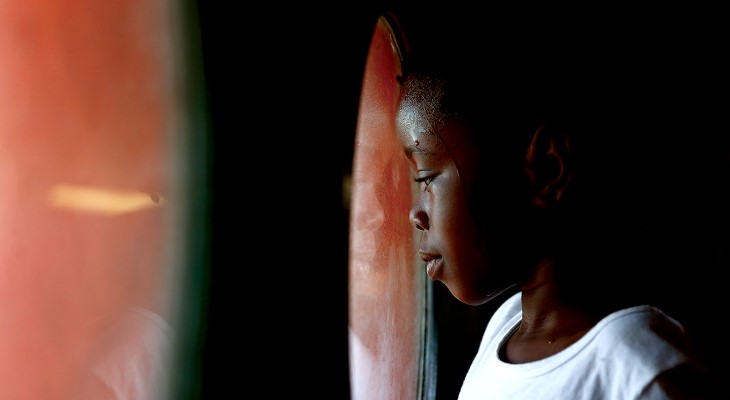
Darrin Zammit Lupi
Darrin has been on several SAR missions in the Mediterranean, purportedly as a photojournalist but he would invariably end up lending a hand as part of the crew. “I was essentially an honorary member of the crew and when things got busy, I would lay down my camera and help people out of the sea.”
Reza will also be conducting a free seminar on 30th June aimed at further highlighting the humanitarian aspect of the migration story. As Darrin explained, there is a fine line between reporting on migrants’ plight and exploiting their story, a fine line that needs to be respected. “I can’t go to the refugee camp in Malta on my own anymore. People have been there for so long they are frustrated, spaced out with boredom and I have to be careful for my own safety. But I can’t blame them for being frustrated. They have seen so many journalists, photographers, cameramen come to interview them, photograph them, film them, and for what? For those who have been left behind, who never saw the benefit of those interviews, they feel they have been exploited because life for them has not changed,” says Darrin.
The exhibition came about through Charles Mifsud's initiative after meeting Reza in Paris in 2016. "I have been in touch with Reza for years and he has been mentoring me in my poetry and photography, or 'visual poetry' as he refers to my photos," says Charles. "I am honoured."
Charles points out the importance of teaching these refugee children more than just the skill of taking photographs, but the means to communicate their own story themselves, a means to empower their voices. “We all know Reza Deghati’s work, his vision of humanity, his work published so many times in National Geographic. A great artist, poet and humanitarian whose work offers inspiration. But what makes an artist even greater is when he offers inspiration to others,” says Charles.
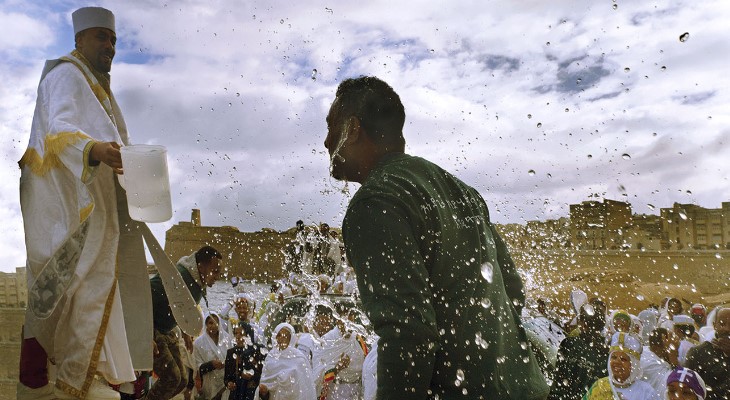
Charles Mifsud
“Imagine tomorrow, you wake up a refugee. Your friends, your house, work, all gone. Your children have no school, no future, as a feeling of futility sweeps over their entire lives,” continues Charles. “A man named Reza comes and inspires the children to observe their surroundings. He challenges them to see things others were not seeing and capture these instances with their cameras. A boy captures his own portrait in a broken mirror and wins an award in the US while he is still a refugee in Iraqi Kurdistan. The children's life is transformed, as they endorse a new vision of hope. Their work is published and recognised on National Geographic blogs. Their exiled voices will never be silent again.”
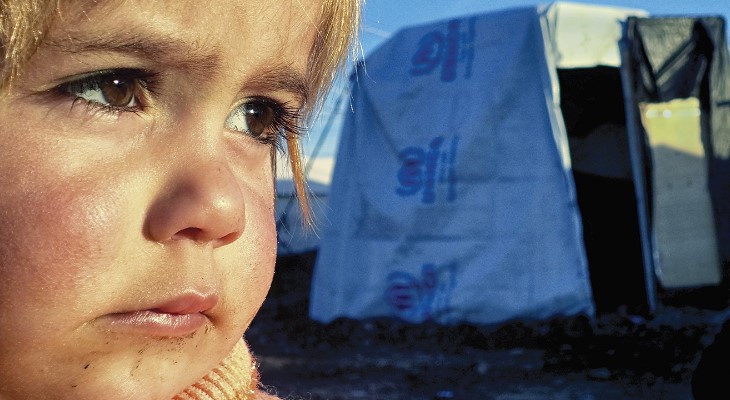
Mohammad Husein, 15 years old, Reza Visual Academy
Reza Deghati: Exile Voices officially inaugurates the Malta International Arts Festival on 29th June and opens to the public from 30th June to 15th July at Grandmasters Palace, Valletta from 9am to 4:30pm. Entrance is free.
Reza Deghati will give a seminar on 30th June at the Aula Magna, Old University, St Paul’s Street, Valletta, from 9:30am to Noon. Register for a free place by emailing [email protected]